Discover incredible facts about our cosmic planet
When looking up at the starry night sky, millions of stars are speckled, many of us suddenly realize just how trivial our everyday worries are. Now, with modern science and technology, the wonders of the universe are right in front of our eyes, we cannot help but think about what it means. From the position of people on Earth, the cosmic planet seems to be vastly incomprehensible - even many people don't realize that it is much bigger. Join TipsMake.com to discover the incredible facts about our space planet below!

However, many of us do not believe it and this is the reason:
This is the Earth - where you live
 © nasa
© nasa
And these are "neighbor" planets in the solar system

Here is the distance, the ratio between the Earth and the Moon. Looks not far away, right?
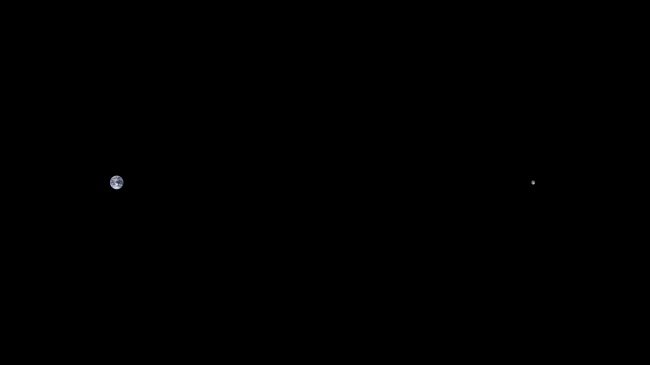 © imgur
© imgur
Inside that distance you can fit all the planets in the solar system so beautifully and neatly.
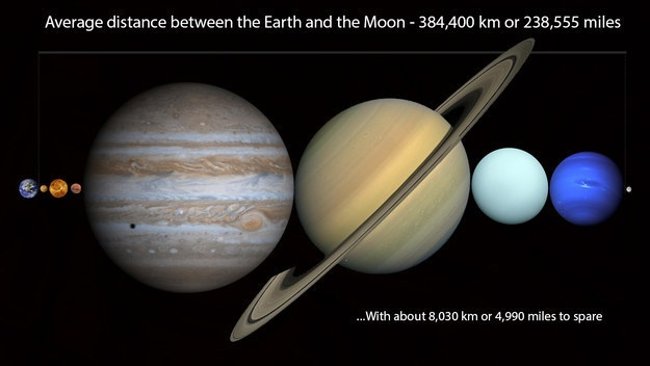
The average distance between the Earth and the Moon is 384,000km or 238,555 miles
And this is the size of the Earth ( six Earths ) compared to Saturn:
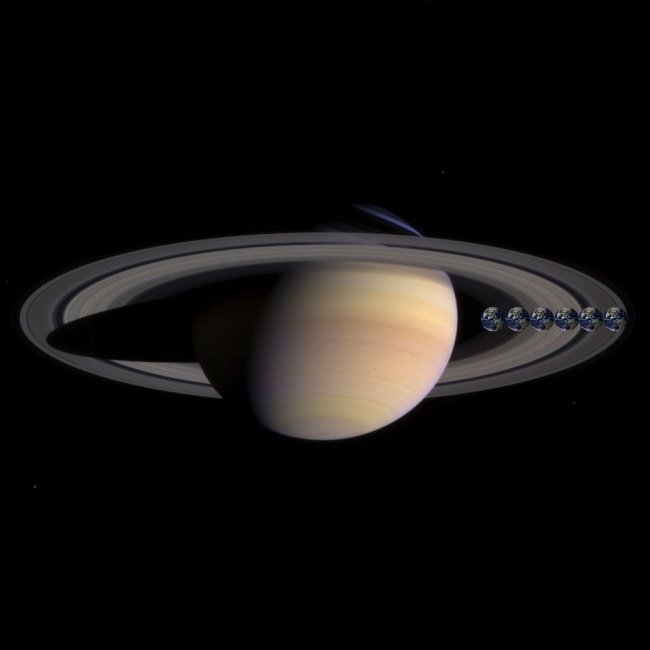 © astronomycentral
© astronomycentral
This is what happens to Saturn's rings when turning around the Earth:
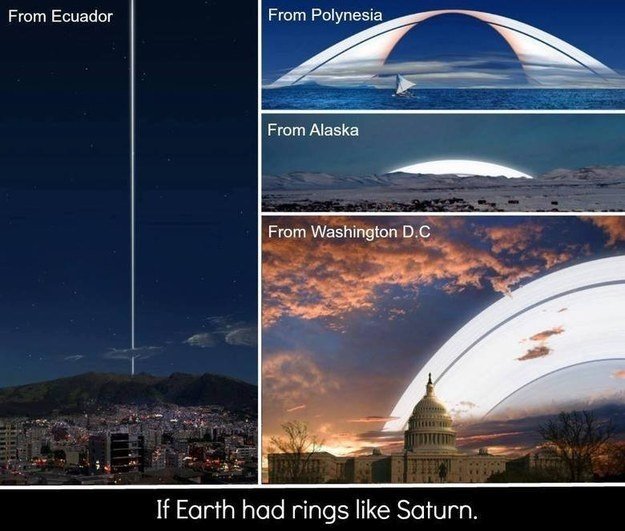
Below is a comet image when compared to Los Angeles:
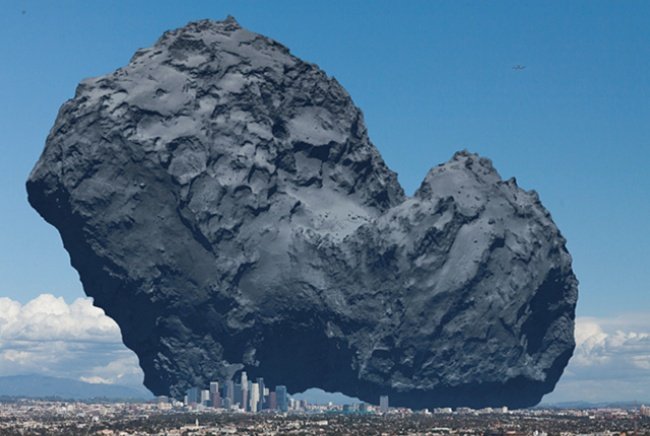 © mentalfloss
© mentalfloss
But that is nothing compared to our Sun planet. Just remember:
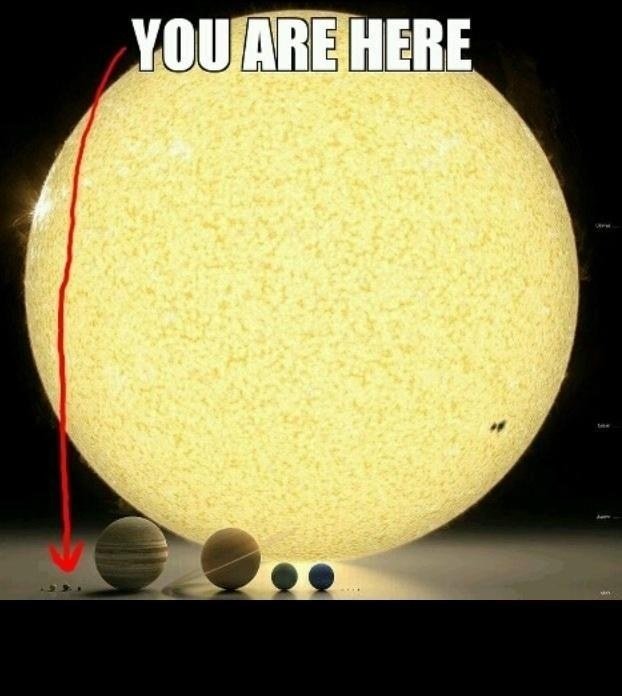 We are here - We are here.
We are here - We are here.
This is when observing the Earth from Mars:
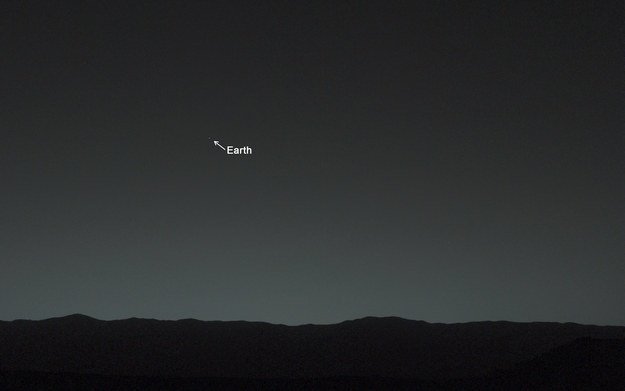
This is from behind the rings of Saturn:
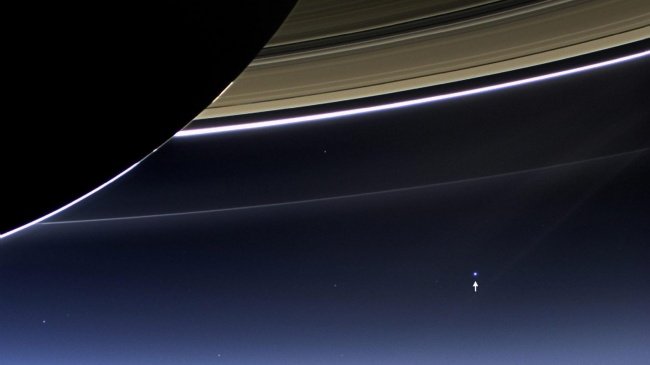 © bimg
© bimg
And this is from the other side of Neptune, 4 billion miles away.
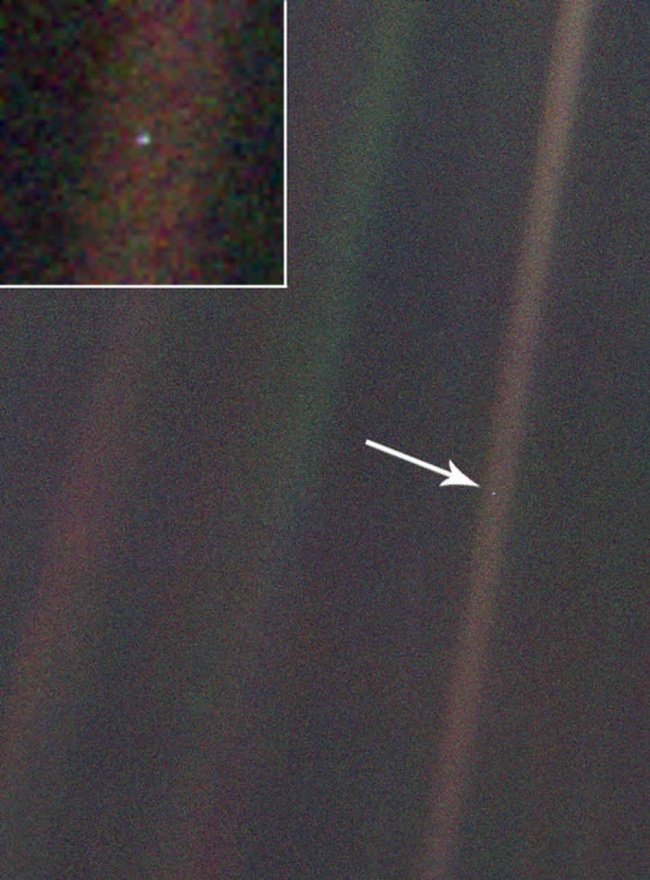 © thewondersofuniverse
© thewondersofuniverse
Below is the size of the Earth compared to the size of the Sun. That's scary, isn't it?
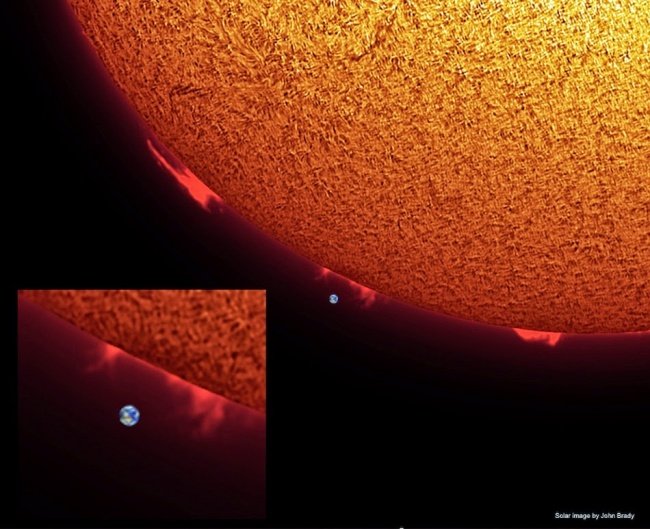 © astronomycentral
© astronomycentral
And this is the Sun when viewed from the Martian surface:
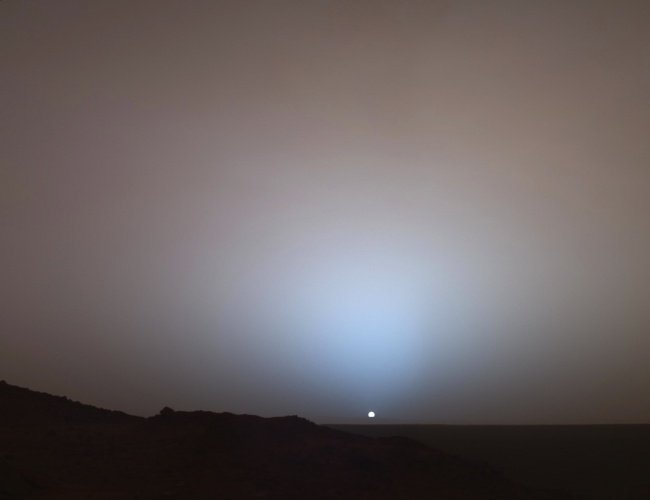 © spaceflightnow
© spaceflightnow
However, that is nothing. Again, like Carl thought that there were more stars in space than sand grains on every beach on Earth:
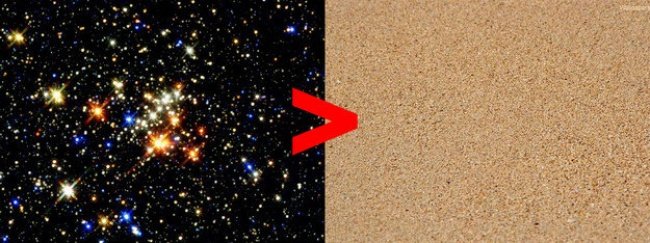 © buzzfeed
© buzzfeed
That means that there are many larger stars than the Sun. See how our sun is small and insignificant:
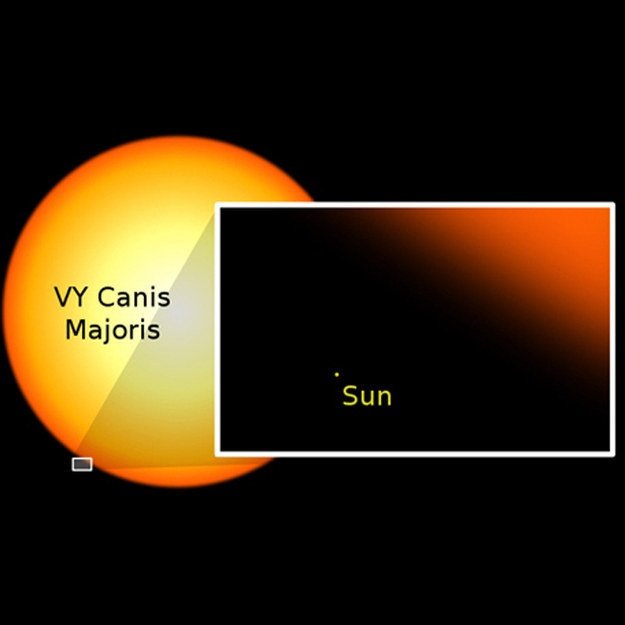
However, none of these stars are comparable to the size of a galaxy. In fact, if you shrink the Sun down to the size of a white blood cell and shrink the Milky Way to the same scale, the Milky Way will be about the same size as the United States:
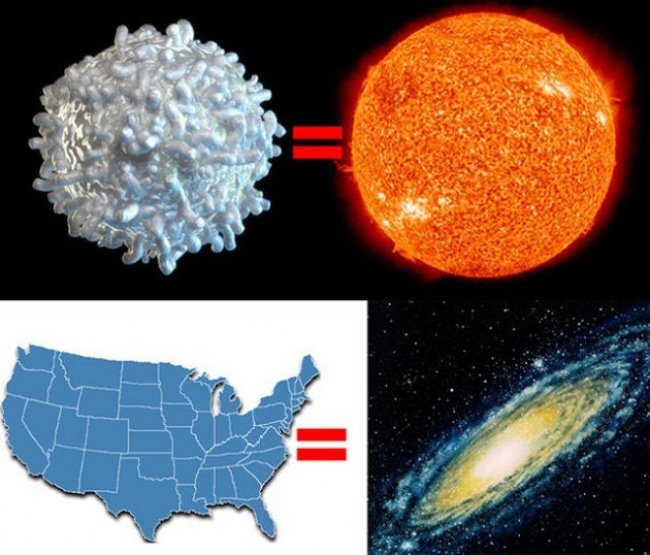 © charliuss
© charliuss
That's because the Milky Way is so big. This is where you live inside:
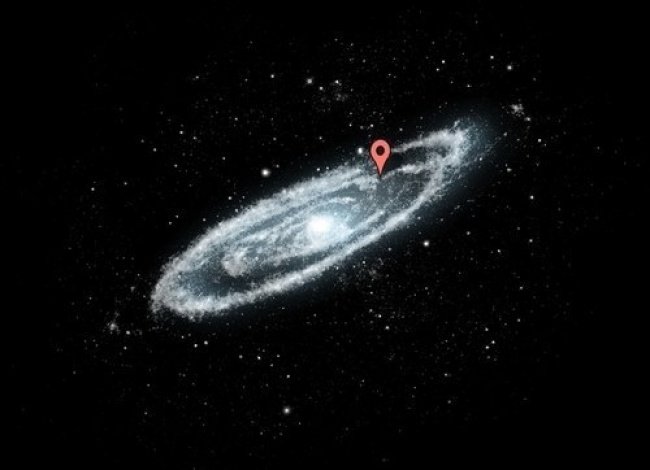 © teecraze
© teecraze
But this is everything you have seen so far:
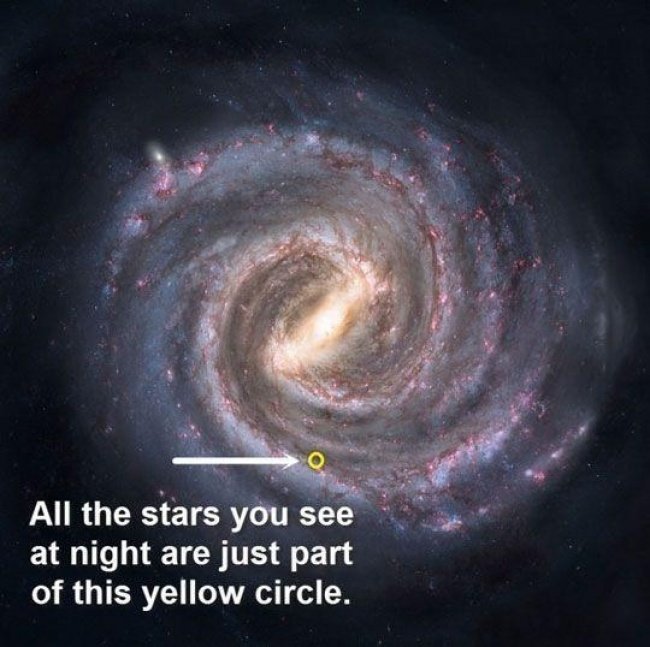 All the stars you see are only part of this yellow circle.
All the stars you see are only part of this yellow circle.
But even our galaxy is a tiny dwarf compared to some other galaxies. Here is the Milky Way galaxy compared to IC 1011, 350 million light-years away from the planet Earth:
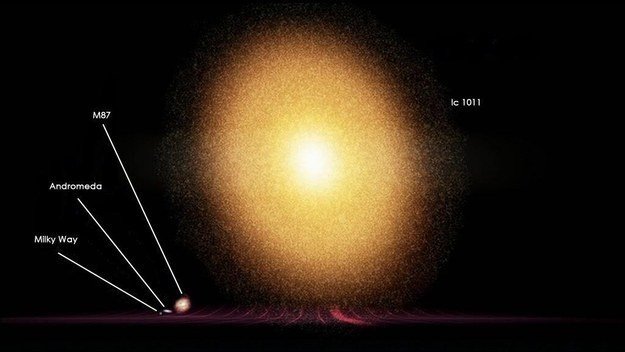
But think broader. Only in this picture taken by the Hubble telescope, there are thousands of galaxies, each containing millions of stars, each of which is our planets.
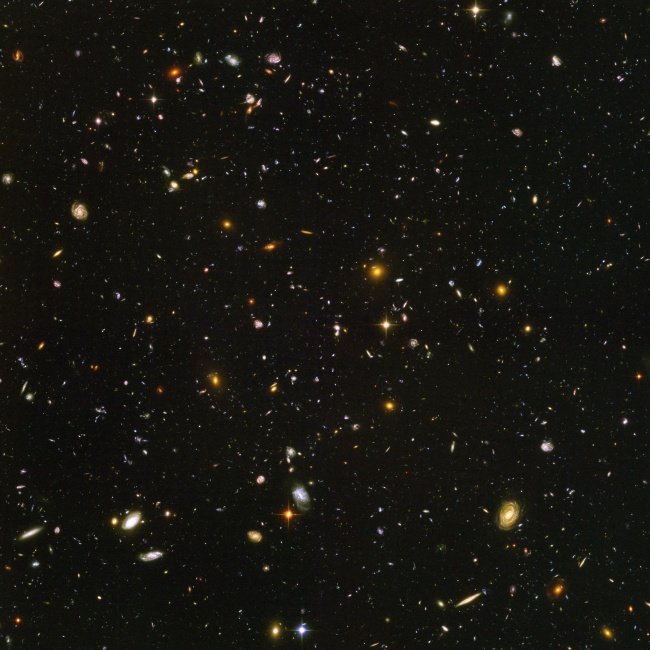 © hubblesite
© hubblesite
And just remember - it's a picture of a very small part of the universe. It is just an insignificant part of the night sky.
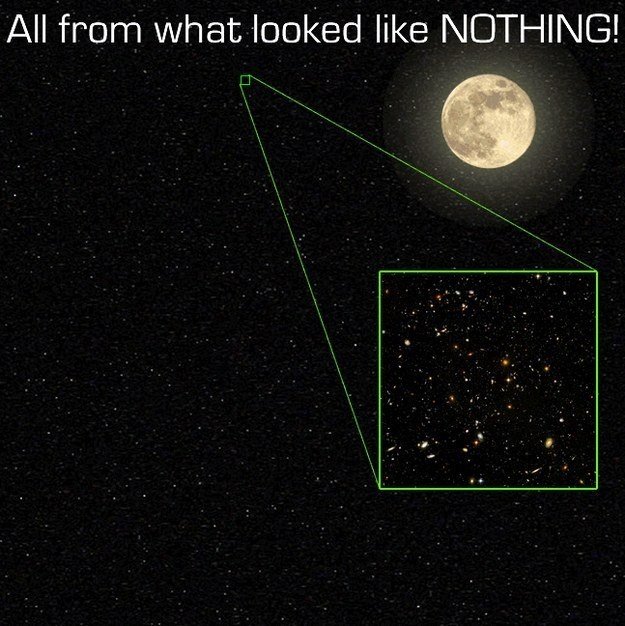 WHAT EVERYTHING IS THAT IT IS SO!
WHAT EVERYTHING IS THAT IT IS SO!
And you know, it's quite safe to assume that there are some weird black holes. Below is the size of a black hole compared to Earth's orbit:
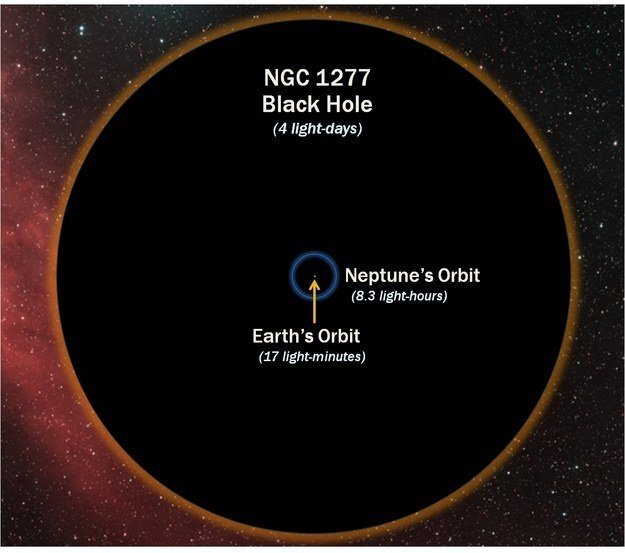
- Earth's Orbit (17 light-minutes) - Earth's Orbit (17 minutes of light)
- Neptune's Orbit (8.3 light-hours) - Neptune's Orbit (8.3 light hours)
- NGC 1277 Black Hole (4 light-days) - Black hole orbit NGC 1277 (4 light days)
This is our planet Earth
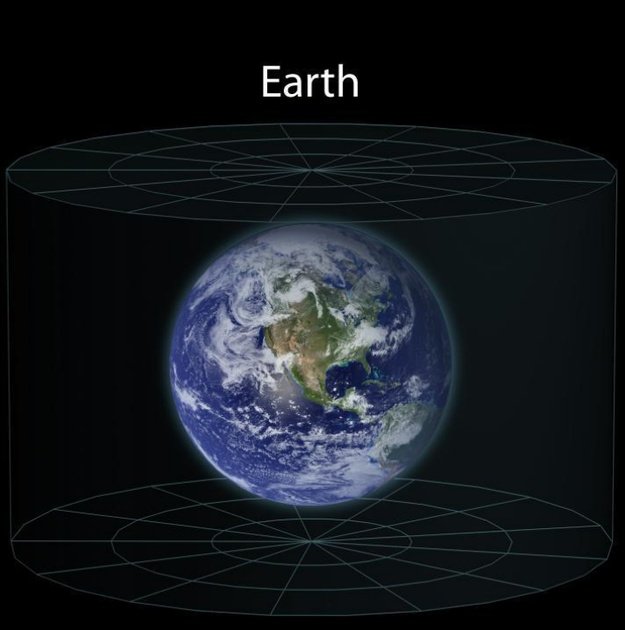
This is what happens when you shrink our solar system
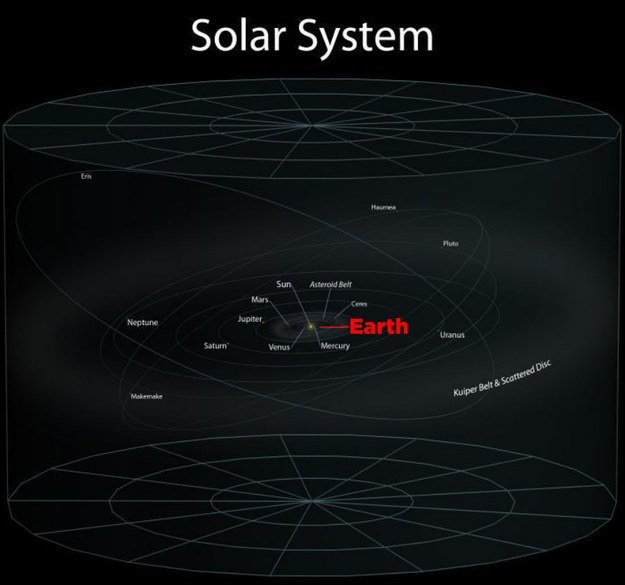
And this is what happens when you shrink even further .
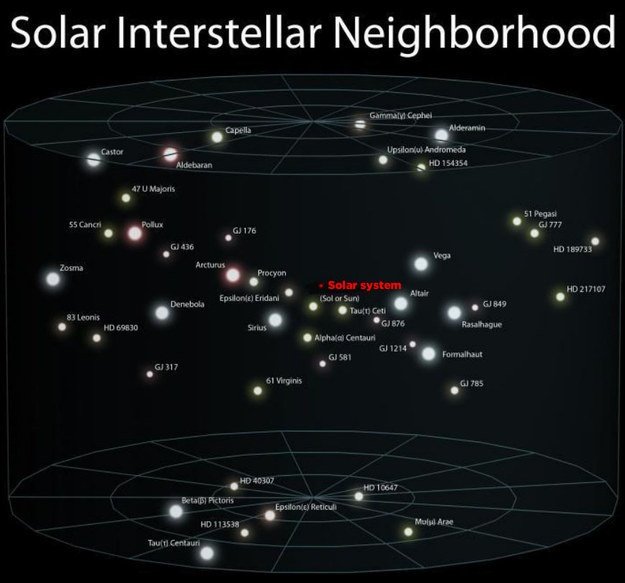 Solar Interstellar Neighborhood - Distance between adjacent Sun.
Solar Interstellar Neighborhood - Distance between adjacent Sun.
And further .
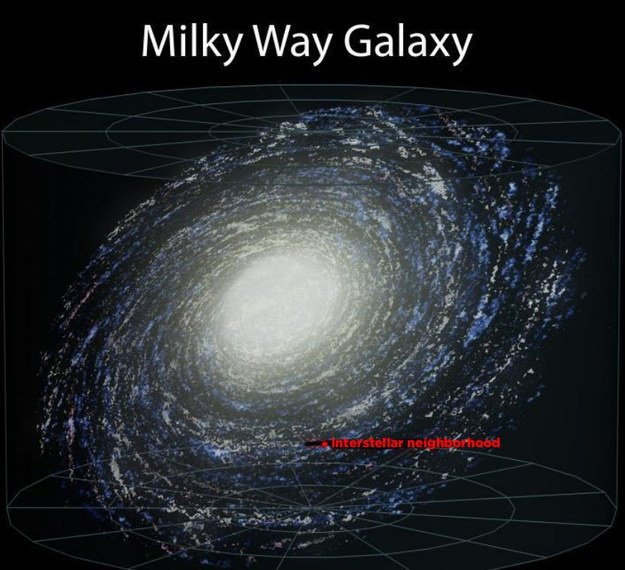
Continue.
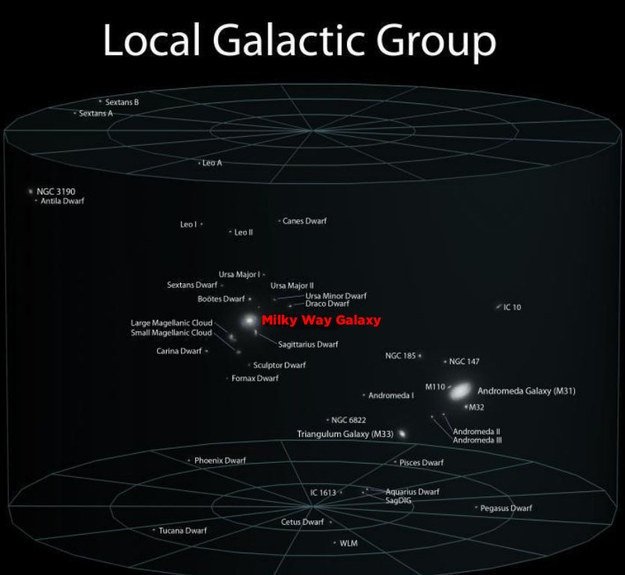 Local Galactic Group - A group of local galaxies
Local Galactic Group - A group of local galaxies
Just a little more .
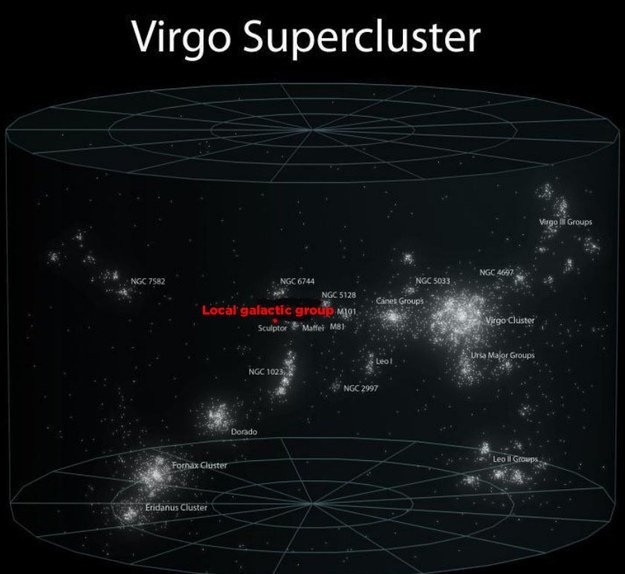 Virgo Supercluster - Virgo Super galaxy
Virgo Supercluster - Virgo Super galaxy
Most are there .
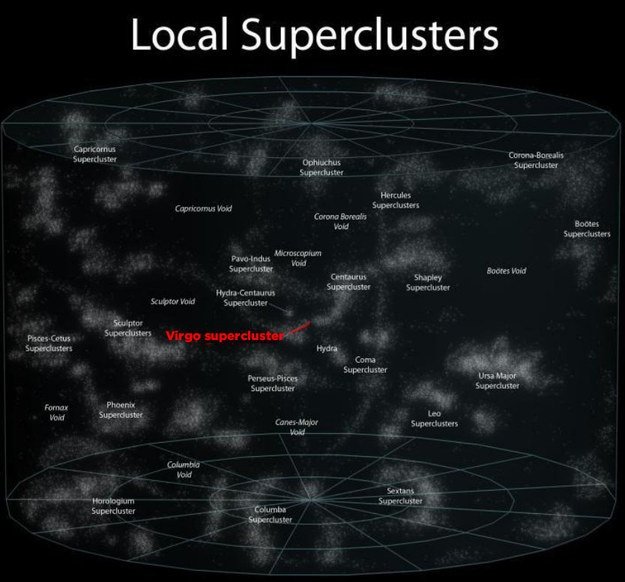 Local Superclusters - Local super galaxies
Local Superclusters - Local super galaxies
Here is everything observed in the universe and the location of the planet Earth in it. Just a small ant in a giant jar.
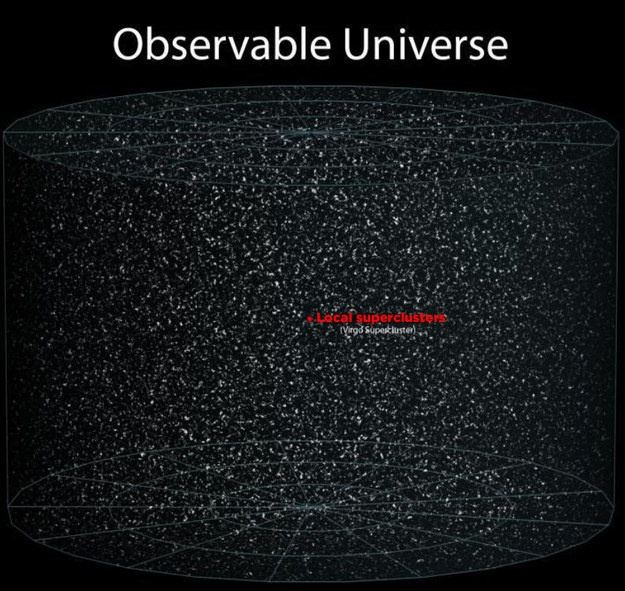
Refer to some more articles:
- Learn about extraterrestrial super-Earth - Gliese 581c
- Science test: Potatoes can be grown on Mars
- SpaceX reversed the plan to launch missiles on Mars by 2020
Having fun!
You should read it
- The interesting fact about the universe is not quite the same as what we thought
- When can we determine the position of the '9th planet' in the solar system?
- Discover the strange green planet HD 189733b outside the solar system
- The mysterious 9th planet could be a 'free floating' planet
- NASA declares the existence of the 9th planet in our Solar System
- NASA discovered water in planetary Neptune's atmosphere
- The surface of Venus: Why is Venus the hottest planet in the solar system?
- Cosmic Science: The star system TRAPPIST-1 does not 'exist' the big Moon
- Life on Earth may have come from biological particles in cosmic dust
- Cosmic science: Inclined planets around small stars can hardly survive life
- The most impressive cosmic images 2019
- The most spectacular cosmic photos 2017
May be interested

Maybe the Solar System 2.0 is not the 'cradle of nurturing life' as NASA hopes

NASA will reveal new discoveries about extraterrestrial ocean worlds tonight

What happens if the plane takes off on 8 planets in the solar system?

NASA announces a place that can survive life right in our solar system

50 images of Saturn's Enceladus moon - where life can exist (Part 2)

NASA built 3D working tools with Martian rocks and dust






 Discover incredible facts about the Moon
Discover incredible facts about the Moon The interesting fact about the universe is not quite the same as what we thought
The interesting fact about the universe is not quite the same as what we thought 10 incredible facts about food will impress you
10 incredible facts about food will impress you When can we determine the position of the '9th planet' in the solar system?
When can we determine the position of the '9th planet' in the solar system? The facts surprise you about life
The facts surprise you about life The mysterious 9th planet could be a 'free floating' planet
The mysterious 9th planet could be a 'free floating' planet